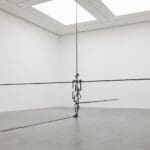Iconoclastic Artist Alice Shaddle Re-Emerges in Chicago Exhibition
Featured image: Alice Shaddle: Pond, 1978
A curator recently shared with me a digital folder containing scanned slides of Alice Shaddle’s art, a lifetime of sculptures, collages, paintings, and installations, some of them representational, many others almost unclassifiably baroque. As I browsed the works—most constructed from paper, latex, or vinyl—two words kept recurring in the captions: whereabouts unknown. An unnamed 1960s sculpture of an overdressed little girl jutting forward with sinister pomp: whereabouts unknown. Camel (1969), a work that looks less like a desert animal than a two-headed bird in the throes of a delirious molt: whereabouts unknown. Gardener (1974), a sculpture that resembles a carnivorous flower that’s both torpid and overfed: whereabouts unknown.
As much as it applies to particular works in her oeuvre, whereabouts unknown could just as well describe Shaddle’s own legacy when consulting histories of 20th-century Chicago art. But what might explain the near total omission of a figure who created a multitudinous body of work, taught at one of the city’s most revered art spaces for more than a half-century, and died not all that long ago, in 2017, at the age of 88? Shaddle wasn’t included in “Art in Chicago: 1945–1995,” an important survey at the Museum of Contemporary Art Chicago in 1996, nor was she mentioned in the catalog. She was consigned to a literal footnote in Art in Chicago: A History from the Fire to Now, an otherwise encyclopedic account of the city’s art scene, published in 2018. And her work is almost never on view at any major hometown museum or gallery that I know of.
Read the original article here… and return to share your comments below.


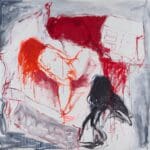
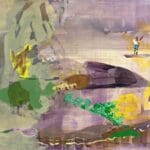
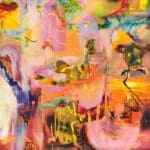


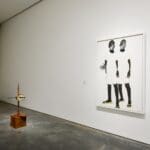
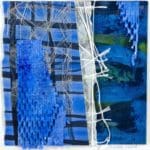



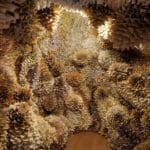


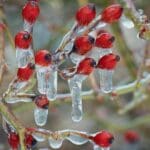
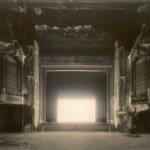
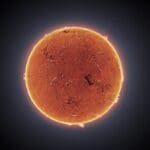
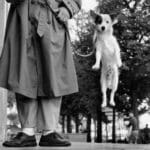
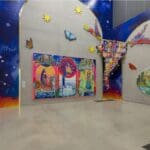



![Artist Shares Secrets of How To Draw Incredibly Realistic Portraits [Interview]](https://artistvenu.studio/wp-content/uploads/2023/12/Screenshot_242-150x150.jpg)



